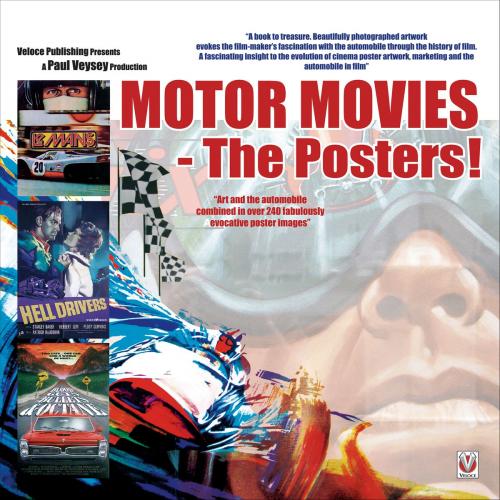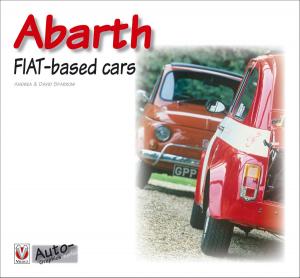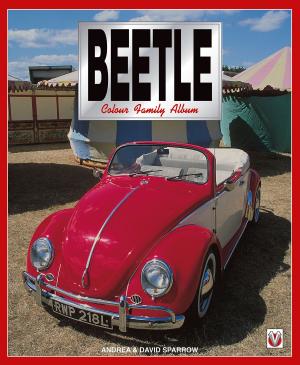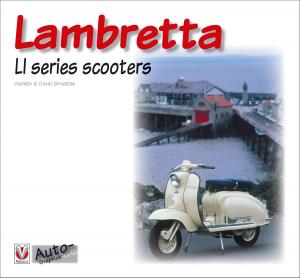| Author: | Paul Veysey | ISBN: | 9781845847173 |
| Publisher: | Veloce Publishing Ltd | Publication: | July 9, 2014 |
| Imprint: | Veloce | Language: | English |
| Author: | Paul Veysey |
| ISBN: | 9781845847173 |
| Publisher: | Veloce Publishing Ltd |
| Publication: | July 9, 2014 |
| Imprint: | Veloce |
| Language: | English |
From the late 19th century the progress of the movies has paralleled that of the motor-car. Now, for the first time these developments are chronicled through the medium of the Movie Poster. The book celebrates the progression from the simple and crude, through the functional, the ambitious, the barking mad, right up to today's high-tech, computer generated, often soul-less examples of both cinema and automobile. By charting the poster art of the movies chronologically, the book takes you on a journey through the 20th Century in black and white, sepia, hand colouring, stone-litho, and glorious technicolour. The book shows the obsessively accurate, the artist's impression, the photographic and the wildly imaginative depictions of the automobile. The development of product placement in marketing is well illustrated. Why did the Mustang appear in so little publicity for Bullitt? Where was the Mini in most of the world's publicity for The Italian Job? Why wasn’t the Alfa Romeo Dueto prominent in the advertising of The Graduate? The book doesn’t provide intricate plot lines or vast cast lists; there are many reference works, both in books and on-line that supply this detail. Instead it shows how different countries promoted the same movie and give a brief guide to buying posters of movies safely. Primarily this is a book to wallow in, beautifully photographed artwork is guaranteed to bring back memories of favourite cars in movies and gives a fascinating insight into the evolution of cinema, marketing and the automobile. With 250 pictures of rare original and a star rating system for rarity this is a beautiful book to browse, and a valuable investment guide.
From the late 19th century the progress of the movies has paralleled that of the motor-car. Now, for the first time these developments are chronicled through the medium of the Movie Poster. The book celebrates the progression from the simple and crude, through the functional, the ambitious, the barking mad, right up to today's high-tech, computer generated, often soul-less examples of both cinema and automobile. By charting the poster art of the movies chronologically, the book takes you on a journey through the 20th Century in black and white, sepia, hand colouring, stone-litho, and glorious technicolour. The book shows the obsessively accurate, the artist's impression, the photographic and the wildly imaginative depictions of the automobile. The development of product placement in marketing is well illustrated. Why did the Mustang appear in so little publicity for Bullitt? Where was the Mini in most of the world's publicity for The Italian Job? Why wasn’t the Alfa Romeo Dueto prominent in the advertising of The Graduate? The book doesn’t provide intricate plot lines or vast cast lists; there are many reference works, both in books and on-line that supply this detail. Instead it shows how different countries promoted the same movie and give a brief guide to buying posters of movies safely. Primarily this is a book to wallow in, beautifully photographed artwork is guaranteed to bring back memories of favourite cars in movies and gives a fascinating insight into the evolution of cinema, marketing and the automobile. With 250 pictures of rare original and a star rating system for rarity this is a beautiful book to browse, and a valuable investment guide.















